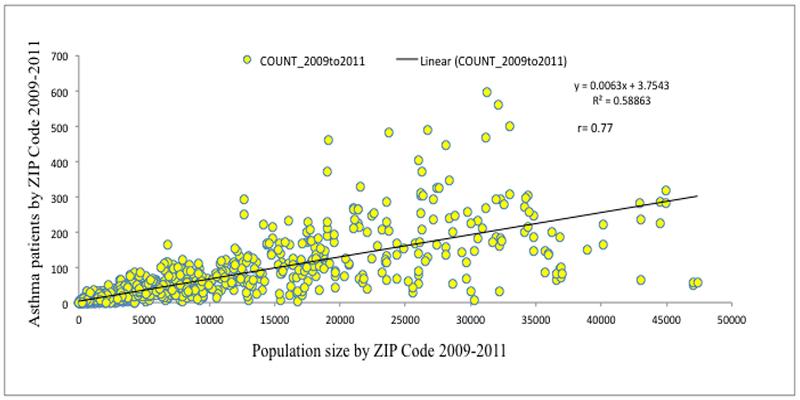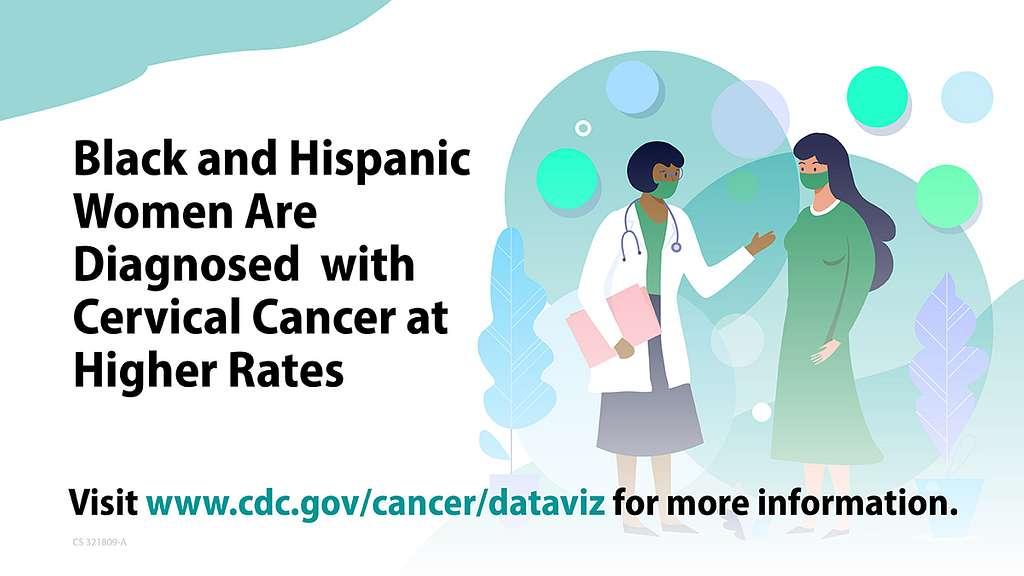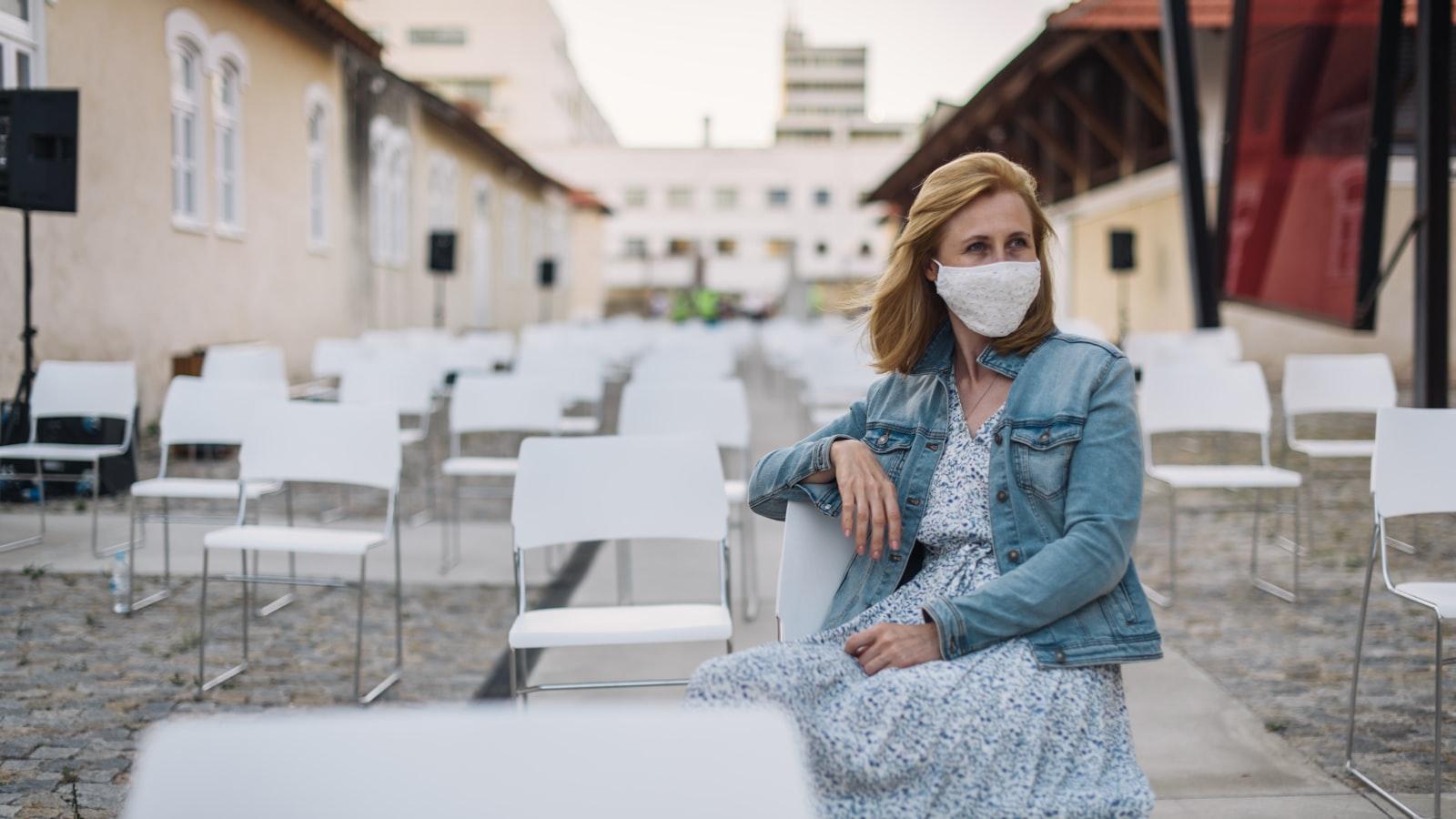Welcome to a timely exploration of an invisible enemy; an inconspicuous ailment silently maiming societies and escalating the global health crisis. It’s not a viral pandemic or genetic disorder, but a man-made catastrophe — inequality. Misconceived as a mere social or political concern, socioeconomic disparity has shown itself to be a potent health risk, spilling its venom within the veins of humanity and progressively deteriorating our collective well-being. In the labyrinth of socioeconomic stratums, a sinister shadow is spreading, feeding on the health of those trapped within its confines, their life quality directly proportional to their wealth. As we unpack the complex tapestry of inequality, we find an unruly monster unraveling our health security, an epidemic that is not only thriving but intensifying. Welcome to the unnerving chronicle of inequality—the underestimated health risk.
Table of Contents
- Unmasking the Relationship between Inequality and Health Risk
- Socioeconomic Disparities and Their Impact on Public Health
- Declining Healthcare Access: The Hidden Cost of Inequality
- Health Disparities: A Growing Concern Amid Rising Inequality
- Closing the Gap: Policy Recommendations for Addressing Health Inequality
- Creating a Healthier Society: Combating Inequality Through Holistic Approaches
- Key Takeaways

Unmasking the Relationship between Inequality and Health Risk
In today’s society, the connection between inequality and health risk is becoming increasingly evident. The gap between the wealthy and the poor continues to widen, leading to disparities in access to healthcare, nutrition, and overall well-being. This inequality not only affects individuals on a personal level but also has far-reaching consequences for public health as a whole.
Key points:
- Low-income individuals are more likely to experience chronic stress, which can lead to a myriad of health issues such as heart disease, diabetes, and mental health disorders.
- Lack of access to quality healthcare services further exacerbates the health risks faced by those living in poverty.
- The prevalence of food deserts in low-income neighborhoods contributes to higher rates of obesity and malnutrition among residents.
| Income Level | Health Risk |
|---|---|
| Low | Higher likelihood of chronic illnesses |
| High | Access to better healthcare and resources |
Addressing this issue requires a multi-faceted approach that tackles not only the symptoms but also the root causes of inequality. By advocating for policies that promote economic equality, affordable healthcare, and nutritious food options for all individuals, we can begin to bridge the gap between socio-economic status and health outcomes. It is essential that we work together to unmask the relationship between inequality and health risk in order to create a healthier, more equitable society for all.

Socioeconomic Disparities and Their Impact on Public Health
Recent studies have shown that socioeconomic disparities have a direct impact on public health outcomes. Individuals living in poverty or in low-income communities are more likely to experience higher rates of chronic diseases, such as diabetes, heart disease, and obesity. These disparities in health outcomes are often a result of limited access to healthcare, unhealthy living conditions, and lack of education on preventive measures.
Moreover, the gap between the rich and the poor continues to widen, exacerbating the health disparities seen in our society. The wealthy have greater access to healthcare resources, healthier food options, and opportunities for physical activity, while the poor struggle to afford basic necessities and often live in environments that are detrimental to their health. This widening wealth gap further deepens the divide in health outcomes between different socioeconomic groups.
Addressing these socioeconomic disparities is crucial in improving public health and ensuring that everyone has an equal opportunity to lead a healthy life. By implementing policies that promote economic equality, increasing access to healthcare for marginalized communities, and investing in education and resources for those in need, we can begin to bridge the gap in health outcomes and create a more equitable society for all.

Declining Healthcare Access: The Hidden Cost of Inequality
Despite advancements in healthcare, access to quality services remains a challenge for many individuals. The disparities in healthcare access are stark, with marginalized communities bearing the brunt of the burden. As inequality continues to widen, the hidden costs of limited healthcare access are becoming increasingly apparent.
One of the key consequences of declining healthcare access is the compromised health outcomes for disadvantaged populations. With limited access to preventive care, screenings, and treatments, individuals from marginalized communities are at a higher risk of developing chronic illnesses. This perpetuates a cycle of poor health outcomes that further exacerbates the existing health disparities.
Moreover, the economic impact of inequality on healthcare access cannot be understated. Individuals who lack adequate access to healthcare services are more likely to incur higher healthcare costs in the long run. From emergency room visits to hospital stays, the financial burden of limited healthcare access can have ripple effects on individuals and communities alike.

Health Disparities: A Growing Concern Amid Rising Inequality
Health disparities are an unfortunate reality in our society, with certain groups facing greater obstacles to accessing quality healthcare and achieving positive health outcomes. This issue has become even more concerning as we witness a widening gap between the rich and the poor. As income inequality continues to grow, so too do the disparities in health and well-being.
One of the key reasons why health disparities are a growing concern is the relationship between socio-economic status and health. Those with lower income levels often face barriers such as limited access to healthcare services, healthy food options, and safe living conditions. This can result in higher rates of chronic diseases, mental health issues, and overall poorer health outcomes.
Addressing health disparities requires a multi-faceted approach that involves tackling the root causes of inequality. This includes implementing policies that promote economic equality, improving access to affordable healthcare, and investing in education and job opportunities for marginalized communities. By addressing these systemic issues, we can work towards a more equitable healthcare system where everyone has the opportunity to lead a healthy and fulfilling life.

Closing the Gap: Policy Recommendations for Addressing Health Inequality
Health inequality is a pressing issue that continues to plague our society, with marginalized communities bearing the brunt of its impact. As access to quality healthcare remains out of reach for many, the gap between the haves and have-nots widens, exacerbating existing disparities in health outcomes. The stark reality is that inequality is not just a social or economic issue—it is a health risk that undermines the well-being of entire populations.
To address this crisis, bold policy recommendations are needed to level the playing field and ensure that everyone has equal access to healthcare resources. One key strategy is to invest in community-based healthcare services that cater to the specific needs of underserved populations. By targeting resources where they are most needed, policymakers can begin to address the root causes of health disparities and bridge the gap in access to care.
Furthermore, promoting health equity requires a multi-faceted approach that involves addressing the social determinants of health, such as housing, education, and employment. By implementing policies that tackle these underlying factors, we can create a more equitable society where everyone has the opportunity to lead a healthy life. It is imperative that policymakers prioritize these recommendations to ensure that we can all benefit from a healthcare system that is fair and inclusive.

Creating a Healthier Society: Combating Inequality Through Holistic Approaches
In today’s society, the issue of inequality is not just a matter of economics or politics—it’s a matter of public health. The disparities in income, education, and access to healthcare are creating a divided society where some groups are more vulnerable to poor health outcomes than others. This widening gap is not only unjust but also poses a significant risk to the overall health of our communities.
When individuals are denied access to basic necessities such as nutritious food, clean water, and quality healthcare, their health suffers. **Health inequalities** are not just limited to physical health but also impact mental well-being. The stress and anxiety that come with financial insecurity and social exclusion can have a profound effect on one’s mental health, leading to conditions such as depression and anxiety disorders.
To address this pressing issue, we need to take a holistic approach that considers the social determinants of health. This means looking beyond traditional healthcare interventions and tackling the root causes of inequality such as poverty, discrimination, and lack of education. By addressing these underlying factors, we can create a more equitable society where everyone has the opportunity to lead a healthy and fulfilling life.
Key Takeaways
Just like any parasite, inequality is a wily, insidious organism, relentless in its mission and venomous in its repercussions. When it wraps its tendrils around societies, it not only festers, but also widens, digging deeper into the recesses of well-being, happiness, and health. The findings we’ve journeyed through together paint an unsettling canvas, revealing the gravely adverse impacts of inequality on health outcomes. But do remember, every nauseating tale of inequality is a call to action, a plea for change. The question remains – will we, as individuals and as a society, rise above the waning tide of health and wellness, and tackle this relentless beast? Can we reduce, and hopefully eliminate this widening chasm of inequality? The answer; awaits in our collective effort, in our united stand against this tormenting fiend. As we sign off this narrative, perhaps the most crucial takeaway must be: no pill, no treatment, no genetic modification can promise the cure—that lies solely in the hands of justice, equality, and the might of human empathy.






